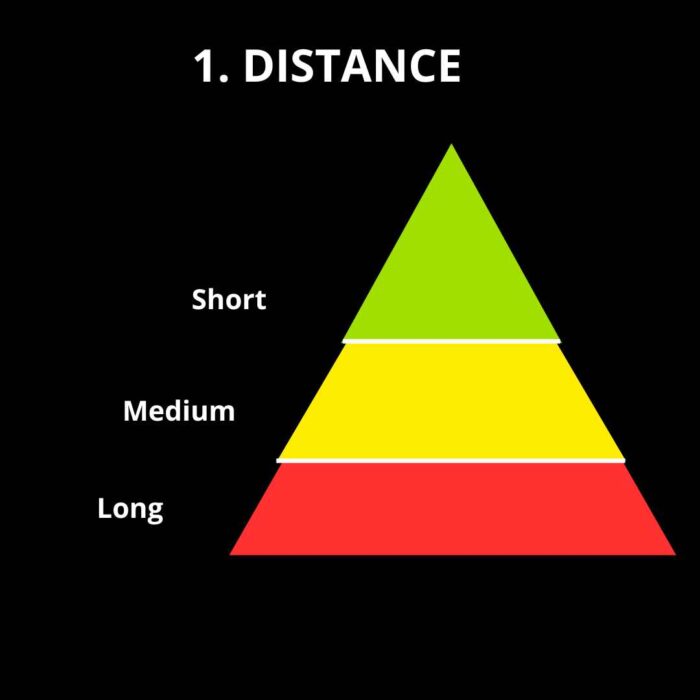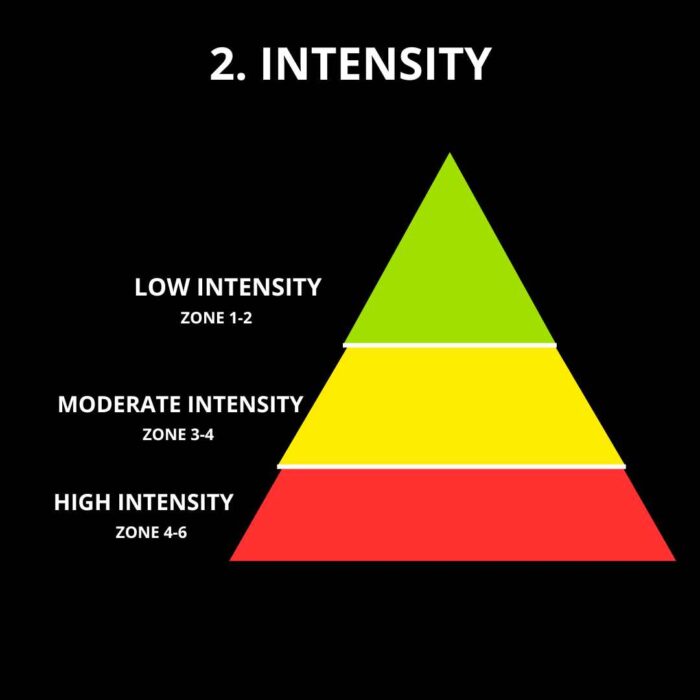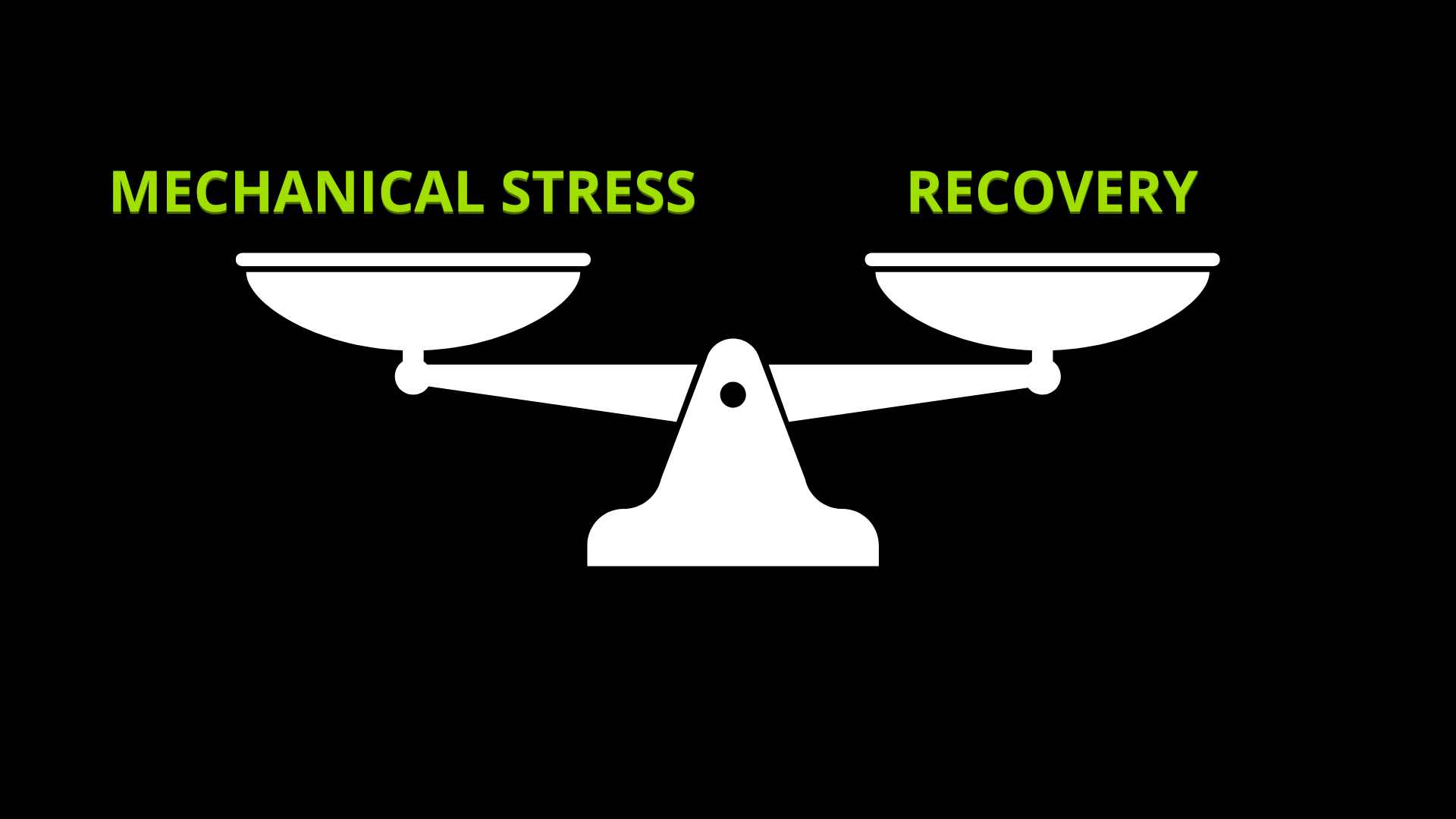It’s impossible to talk about running without addressing the management of mechanical stress.
What is mechanical stress?
It refers to the amount of stress that builds up in our structures as a result of training. Several factors contribute to increased stress on our bodies, such as the distance run, training intensity, type of terrain, and lack of recovery.
Why is it important?Mechanical stress is one of the leading causes of running-related injuries. Often, people “do too much, too quickly,” leaving their bodies unable to adapt to the changes they impose.
“Imagine your body as a half-full glass of water. Every time you add a training session, you pour more water into the glass. If you keep adding water without increasing the size of the glass, it will overflow (injury). Your glass represents your body—it needs time to adapt to the amount of training you’re adding.”
How can you avoid “doing too much, too quickly”?
If you’re starting to run or aiming for a higher goal, you need to focus on two key factors: distance and intensity.


HR Max: 220 – Age
Zone Indicator: Walking < Run-Walk Intervals < Running Z1 < Running Z2 < Running Z3


PRO TIPS
When progressing toward your goals, change only one parameter at a time: either intensity OR distance (see table – toolbox).
These are the 3 running zones that will help track intensity and moderate your efforts.



PRO TIPS
With a targeted physiotherapy approach and a progressive rehabilitation plan, the patient improved their condition and prepared for their 55 km trail race.



PRO TIPS
– No pain reported by the fourth appointment
– Successful rehabilitation through a multidisciplinary approach
– Adjustments to cadence and posture
– Muscle strengthening and training load management


